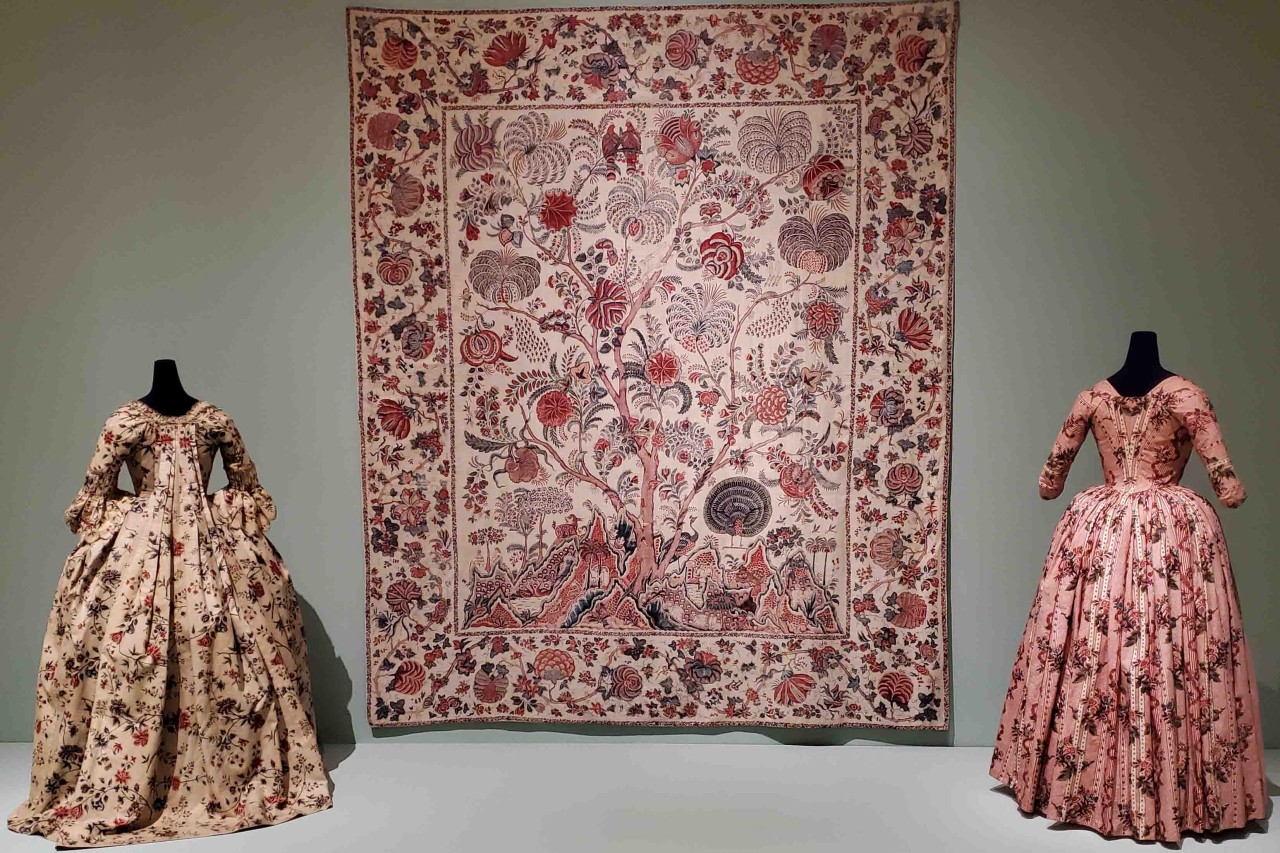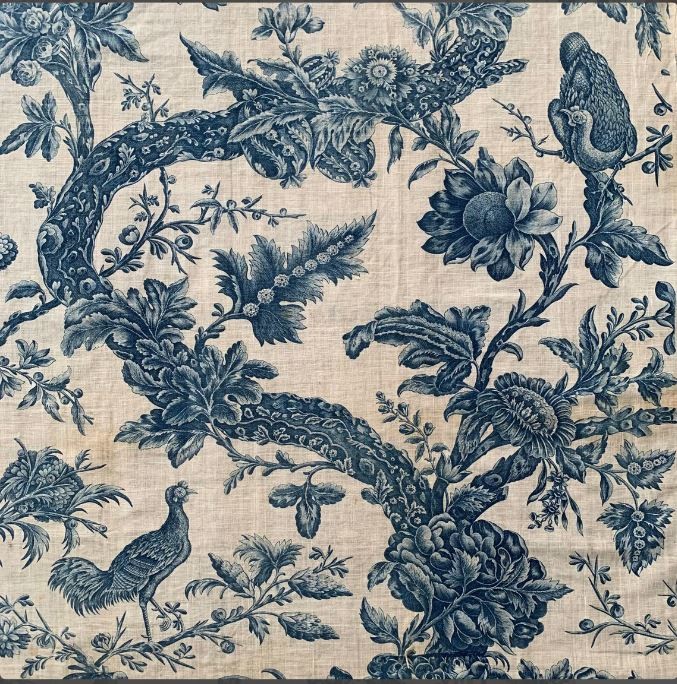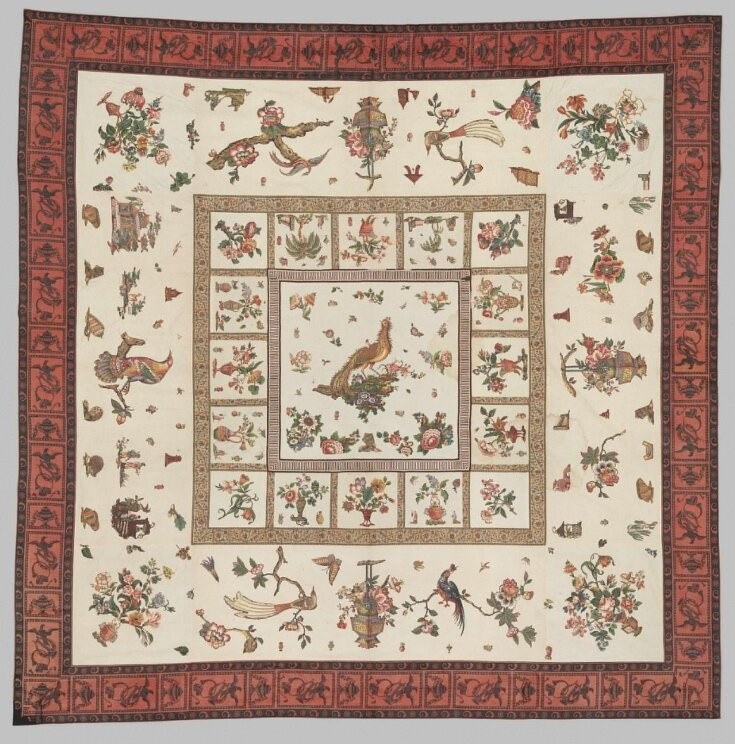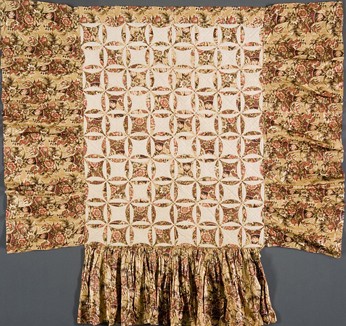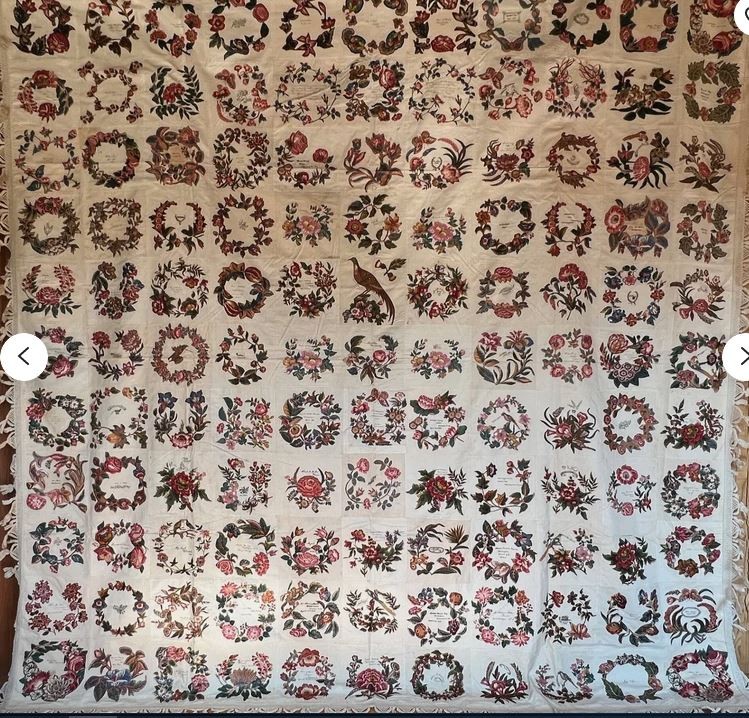
If you’ve been following my blog, you know I’ve been researching a Northern style of cutout applique quilts. (If you need a refresher, here’s a link to the last article, which has links to the previous articles.) It’s time for a mini-update. If you’d like a more complete update, I invite you to attend the AQSG Virtual Study Center Northern Chintz Quilts that I’m teaching. For the first time this study center will be open to non-members, so jump on the opportunity while you can at this link. Last year, a wonderful quilting colleague notified Kay and I that a Northern Style Chintz Quilt was up for sale on Etsy. (Thank you, thank you!) My sister immediately began the complicated process of acquisition. Complicated because the quilt was located in Japan, and the value was such...


